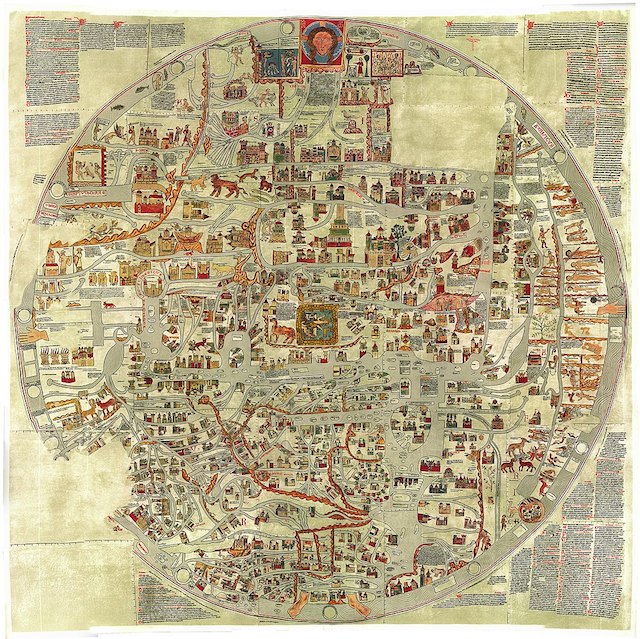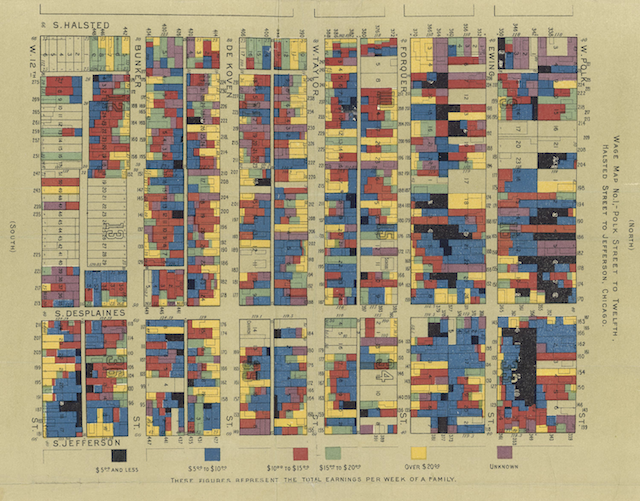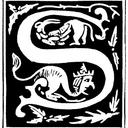Who makes maps and why it's important
 Ebstorf Map
Ebstorf Map
I recently came across this story, "Who Maps the World?" It discusses the importance of who makes the maps in terms of not only if maps are made or not but also what is added to the map. For instance, when we look at maps of the world, there's a bias towards creating and updating maps in areas with more wealth, referenced in the article as "the Starbucks test."
But there's also a bias towards places that are either considered to be genderless or masculine, such as the aforementioned Starbucks as well as sports arenas, strip clubs, and bars, and a dearth of tags and mapping of places that tend to be considered feminine, such as "childcare centers, health clinics, abortion clinics, and specialty clinics that deal with women’s health." For example,
In 2011, the OSM community rejected an appeal to add the “childcare” tag at all. It was finally approved in 2013, and in the time since, it’s been used more than 12,000 times.
Doctors have been tagged more than 80,000 times, while healthcare facilities that specialize in abortion have been tagged only 10; gynecology, near 1,500; midwife, 233, fertility clinics, none. Only one building has been tagged as a domestic violence facility, and 15 as a gender-based violence facility. That’s not because these facilities don’t exist—it’s because the men mapping them don’t know they do, or don’t care enough to notice.
The article also points out other types of data that tend to be part of maps worked on by women compared to other genders. They are more likely to point out safe and unsafe areas, know where certain types of services are available, such as health clinics, and even where children tend to play. In other words, maps worked on by women tend to have a different focus and, in some ways, a richer data set.
 Wage Map by Florence Kelley
Wage Map by Florence Kelley
So why bring this up in a D&D blog? Well, maps are a common feature not only of individual adventures but also large world-building source books. While it's common to think of them as "unbiased," are they? If they do have bias, what bias might they have? Also, as we see a resurgence of "biased" texts, such as having entire supplements from the point of view of a particular character of the world, might it not make sense to have biased maps?
So here are some quick ideas using the article as a starting point:
- Have game world maps and/or directory of services be from a particular cartographer or editor and available as handouts to the players. The points of view of the characters can add richness to the world and suggest that there may be more for the players to uncover.
- When coming up with points of interest, consider what is of interest to various groups? This could be as simple as looking at the types of places discussed in the article as being more likely to be of interest to women. It also could mean thinking about what a giant would look for in terms of accommodations versus say a pixie.
- Using something like tracing paper or transparencies might help building layers.
- If the characters tend to be in the same locale, suggest that the characters could keep a map of important events that have happened to them in that area. This could be similar to the location building that is used in games such as Dresden Files RPG.
Interested in learning about some of the women who have shaped our view of the world? Here's a great starting point of women cartographers.
Send feedback using the contact form or through twitter, @sarahdarkmagic.
